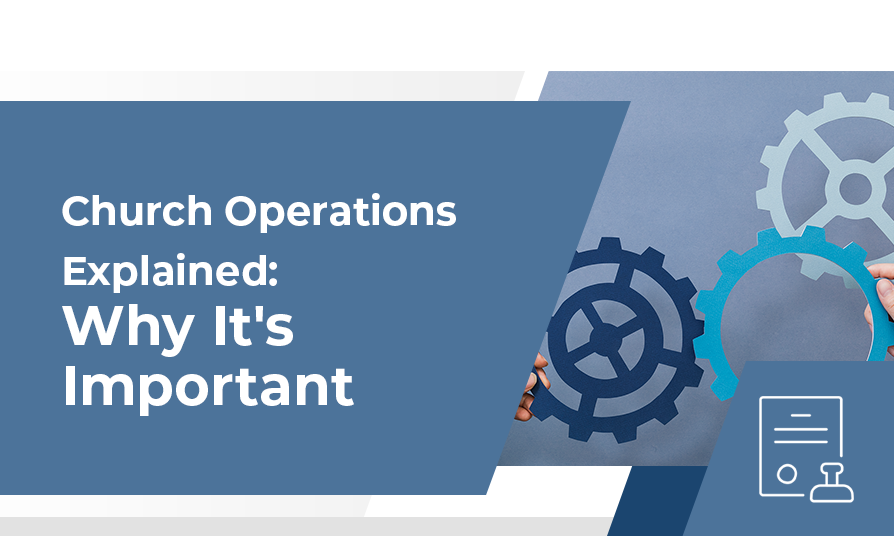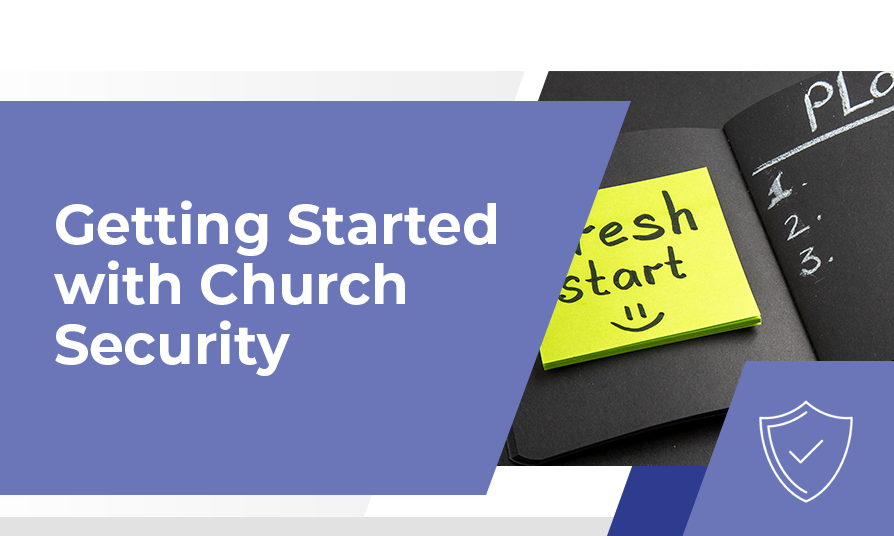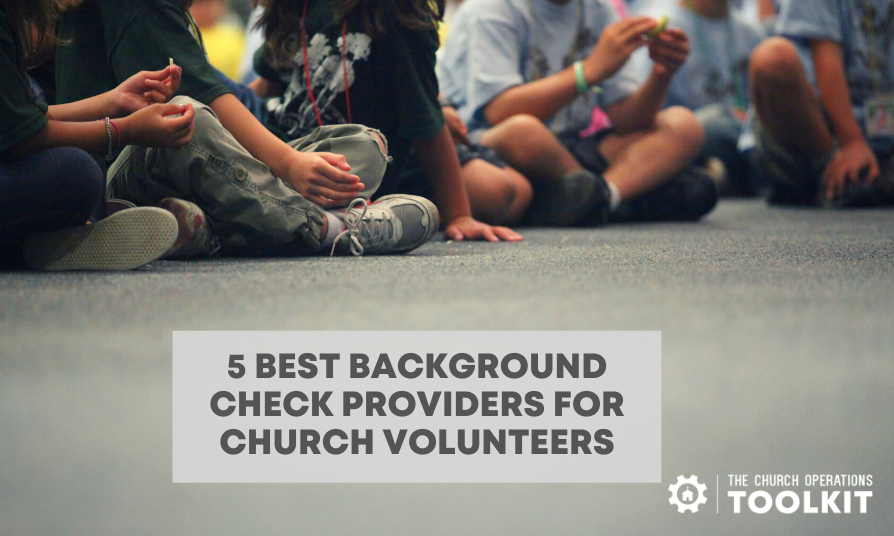Growing up in Oklahoma, AKA “Tornado Alley,” I’ve seen the horrible impact that natural disasters can have on a community. Tornados can destroy homes and businesses within seconds. Wildfires, floods, and hurricanes can also lead to lost lives and severe injuries. Oftentimes, infrastructure is damaged and disrupted. As a church leader, you’ve likely considered how to protect the church facilities during natural disasters. Additionally, your congregation can serve the local community and help others recover.
Here are a few tips on how to prepare before a natural disaster strikes:
#1: Know the risks in your area
In Oklahoma, we all knew when tornado season began. We stayed informed on the weather forecast and planned accordingly if forecasters predicted possible storms.
There are probably natural disasters that are common in your part of the country. Earthquakes, tornados, hurricanes, wildfires, and floods tend to occur in various regions. Know the potential threats to your area and how to handle each.
#2: Confirm insurance coverage
Contact your insurance agent to review the church’s insurance coverage.
- Does it cover damage from the natural disasters typical for your area?
- Should the church have flood insurance through the National Flood Insurance Program?
- Is the coverage sufficient to repair and/or replace the building(s) and all their contents?
- What does the claims process look like?
- How soon after a natural disaster can you expect to start filing a claim (and receive assistance)?
- Who from your church is authorized to file the claim on behalf of the church? Do those individuals have the right contact information for the church’s insurance provider?
Keep documentation about the church’s insurance coverage accessible by a few leaders within the church.
#3: Develop a decision-making process
Right after a disaster strikes is not the time to try and figure out a plan of action. There are several decisions that the church leadership team will need to make in the hours and weeks after a disaster. Laying the groundwork before a disaster happens will make it much easier to react quickly and decisively if needed.
Here are a few decisions you might have to make after a natural disaster:
- Who decides if you’ll cancel Sunday services due to a forecasted or active natural disaster?
- Who decides if you’ll close the church office mid-week to allow employees to evacuate the area?
- What’s the criterion for making those decisions?
Talk through these issues with your church leadership team. Document the decision-making criteria and process, then communicate it to those involved.
#4: Create a disaster response plan
Talk through various scenarios with your team and document how you would handle each.
Scenario: Earthquake during a church service
What do you have the congregation do to take cover? How do you keep children safe and then reunite them with parents?
Scenario: Rising floodwaters
Do you recruit volunteers to lay sandbags around the church building? What electronic equipment do you need to move to higher ground (either in the building or elsewhere)?
Scenario: Forecasted Hurricane
Do you board up the windows? Lay sandbags? Move certain items inside?
Document how you’ll handle each situation, who has authority to make what type of decision (and have more than one person named for each), and how to communicate those decisions (see #5).
Also, contact local first responders to get their input on your plans and see if they have any additional recommendations.
#5: Develop a communications plan
If you decide to cancel Sunday services or close the office mid-week, how will you communicate that to staff, volunteers, members, and the community? Will you use email, text messages, your church’s mobile app, social media posts, church website, recording on church voicemail, and/or your outside signage? Choose which methods work best for your congregation and document that process.
Also, decide how you’ll communicate updates after the initial crisis is past. If your church building sustained damage, how will you communicate that information and let people know when you’ll have services again (whether at your current building or a temporary location while repairs are made)?
#6: Decide how to help the community through a crisis
Your congregation can make a big impact serving and helping the community recover. However, it’s best if you have a basic plan ready before it’s needed so you can respond quickly and with excellence.
Consider how to gather information from the congregation about their ability to help with disaster recovery. Find out which members of the congregation have specialized skills or equipment that would be helpful in a cleanup situation. Note in the church management system (ChMS) which members are electricians, plumbers, contractors, construction company owners, carpenters, or medical professionals. Develop a response plan that includes contacting these individuals to request their help with church-led cleanup efforts.
Also, first responders and medical professionals will likely be in high demand in the aftermath of a natural disaster. Develop a plan to support them in various ways as they work long hours to serve the community.
Finally, discuss how your church could coordinate teams to remove debris, search for anyone trapped under the rubble, and distribute needed food and supplies. Plan ahead for how your church would serve your neighbors in a difficult situation. Talk with local nonprofit agencies and other churches to see if you could work together to serve the community if needed.
#7: Adopt a church
Whether you live in an area prone to tornados, earthquakes, or other natural disasters or not, consider adopting another church that may need your help someday. This could be a church where you know the pastor or one that’s somehow connected with your congregation.
Whatever the case, talk with their leadership team and discuss how your congregation could serve theirs in the event of an emergency. After all, they’re your brothers and sisters in Christ. We should be proactive about helping out family and the communities in which they live. Don’t wait until the storm has already come to reach out (although that’s certainly still helpful). Start the conversation before there’s a need and discuss how your church could help should that day arrive.
None of us likes to think that our community could be hit with a tragic event. However, we must be prepared if we want to protect our congregation, church facilities, and serve our community.
Should disaster strike, having a plan will enable you to lead with confidence. Your church can be a calming presence in your community, providing hope and help in a challenging situation. Be prepared. Plan ahead. Pray for your community, comfort those who’ve lost loved ones or homes, support them, and help them recover. Be the hands and feet of Christ to each other and to your community.



